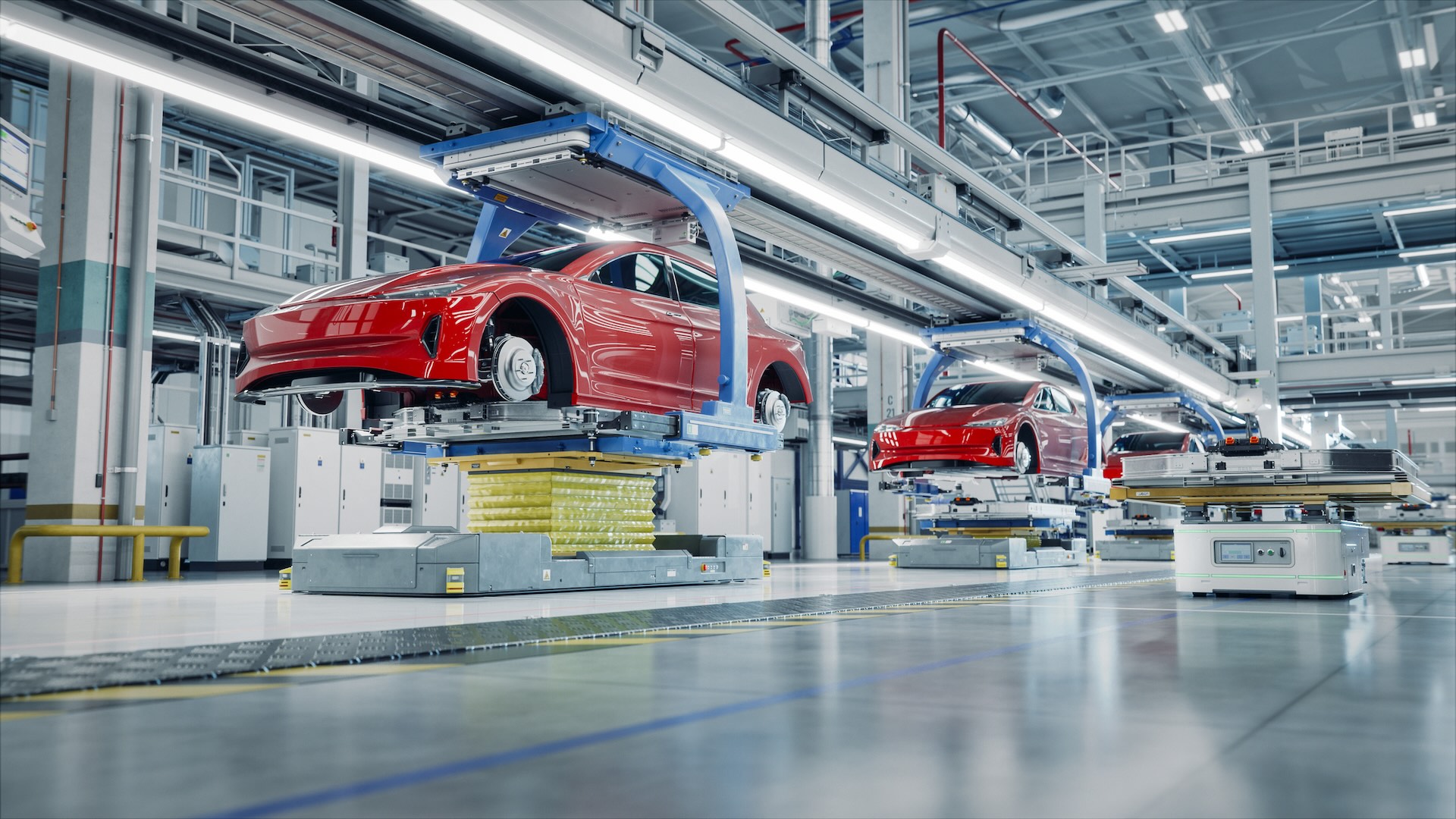

 会员登录
会员登录

- Home
- About us
- Corporate News
- China Policy
- China Compliance
- BESTAO Library
- Events
- Our Services
1. Building a Comprehensive and Systematic Standards Framework
MIIT will evaluate the implementation of the “14th Five-Year”technical standards system and launch the planning of the “15th Five-Year” system. It aims to improve the coordination of mandatory standards and optimize key areas such as intelligent connected vehicles (ICVs), new energy vehicles (NEVs), automotive chips, and dual-carbon standards. The plan also includes forward-looking efforts in emerging technologies like flying cars and solid-state batteries.
2. Strengthening Standards Development in Emerging Fields
The ministry will promote the release of standards for autonomous driving operational design domains, automated parking, and simulation testing. It will accelerate the development of mandatory standards for autonomous driving safety, driving assistance systems, V2X communication, data and information security, and smart cockpits. Standards will also be developed for power batteries, hydrogen systems, battery swapping, and megawatt-level charging, to enhance NEV safety and user convenience.
3. Upgrading Fundamental Standards in Traditional Sectors
China plans to revise active safety standards (e.g., brake-by-wire, electronic stability control) and enhance passive safety standards (e.g., crash protection, braking systems). Basic standards on trailers, vehicle dimensions, testing methods, NVH, and ergonomics will also be improved. Additional standards will be explored to enhance user experience, such as intelligent lighting, safety belts, and hidden door handles.
4. Enhancing International Cooperation and Standard Export
China will improve the alignment of national standards with international ones, aiming for over 85% technical alignment. It will accelerate the publication of foreign language versions of standards, actively participate in WP.29 and other international regulatory bodies, and lead the development of global rules on automated driving and battery swapping. Cooperation will also be deepened with ASEAN, Europe, and other regions on automotive regulations.
5. Improving Standardization Governance
MIIT aims to integrate standards with national strategies and policies to support equipment renewal and consumption upgrades. Reforms to the national automotive standards committee will improve its representativeness and professionalism. The full standards lifecycle—from project initiation to approval—will be better managed. New mechanisms such as “AI + standardization”will be explored. Training of young professionals and development of teaching materials will also be prioritized.

Implications for Foreign Vehicle and Compoent Manufacturers
The 2025 Key Tasks for Automotive Standardization have significant implications for foreign vehicle OEMs and parts suppliers:
Higher Compliance Thresholds with More Mandatory Standards
China will accelerate the rollout of mandatory national standards covering autonomous driving safety, NEV safety, battery recycling, and battery swapping for commercial vehicles. These standards will become prerequisites for market access.
Additional standards will mandate compliance in areas such as ADAS, V2X, data security, cryptography, and chip safety. Foreign companies that are unfamiliar with or late to adapt to these requirements may face certification bottlenecks and access barriers.
Increased Local Adaptation and Testing Requirements
Many emerging standards (e.g., megawatt charging, battery swapping compatibility, ADAS system design) are tailored specifically to the Chinese market and often do not reference international standards. Foreign manufacturers must localize designs and testing protocols, raising compliance costs.
New performance and reliability benchmarks are being set for critical systems like drive motors, BMS, cockpit chips, and MEMS radar, requiring parts suppliers to upgrade technologies to remain competitive.Opportunities to Shape Global Rules through Chinese Standardization
China’s mechanism for “simultaneously submitting international standard proposals” means its domestic standards will increasingly shape ISO/UNECE rules. Foreign companies that actively participate in Chinese standardization can help shape the agenda and use China’s global influence to “go global” with their own technologies.Need for Strategic Response to Divergent Standards
Although China aims for 85% consistency with international standards, several key technical areas—such as data security, battery swapping models, and carbon footprint accounting—are being developed with China-specific frameworks.If European and other foreign companies do not actively engage in Chinese standardization processes, their products may not meet both Chinese and home-market requirements, complicating dual compliance.
Moreover, China’s push to export its standards to ASEAN, Central Asia, Africa, and Latin America could put foreign companies at a disadvantage in those markets if they are not aligned with Chinese-led rules.Early Engagement Needed for Emerging Technologies
China is adopting a proactive approach to standardization—developing standards ahead of product commercialization under the “generational product, tiered technology, phased development” model.
Foreign firms not involved early in standards drafting and pilot validation may fall behind in cutting-edge sectors like autonomous driving, flying cars, and solid-state batteries.